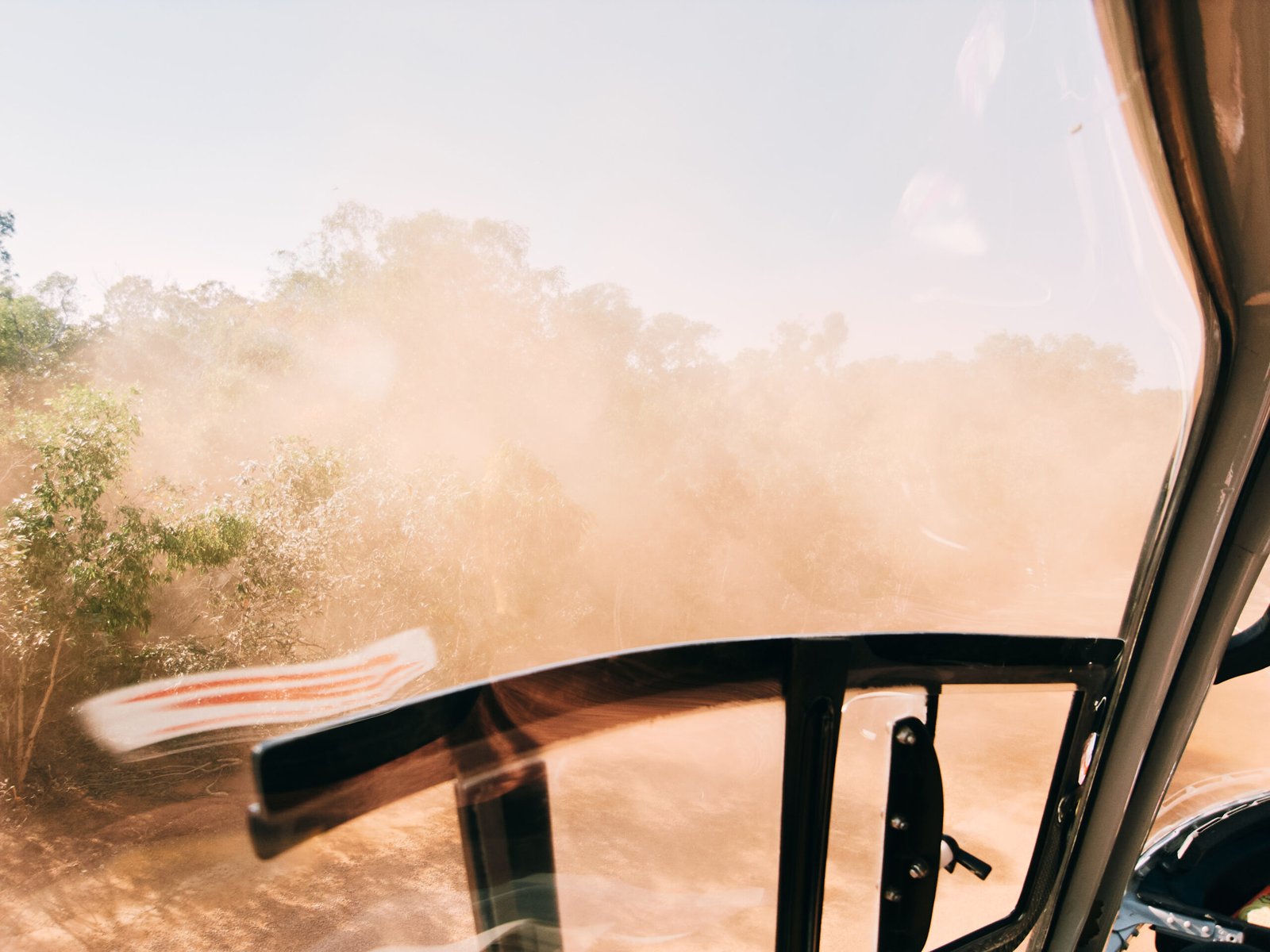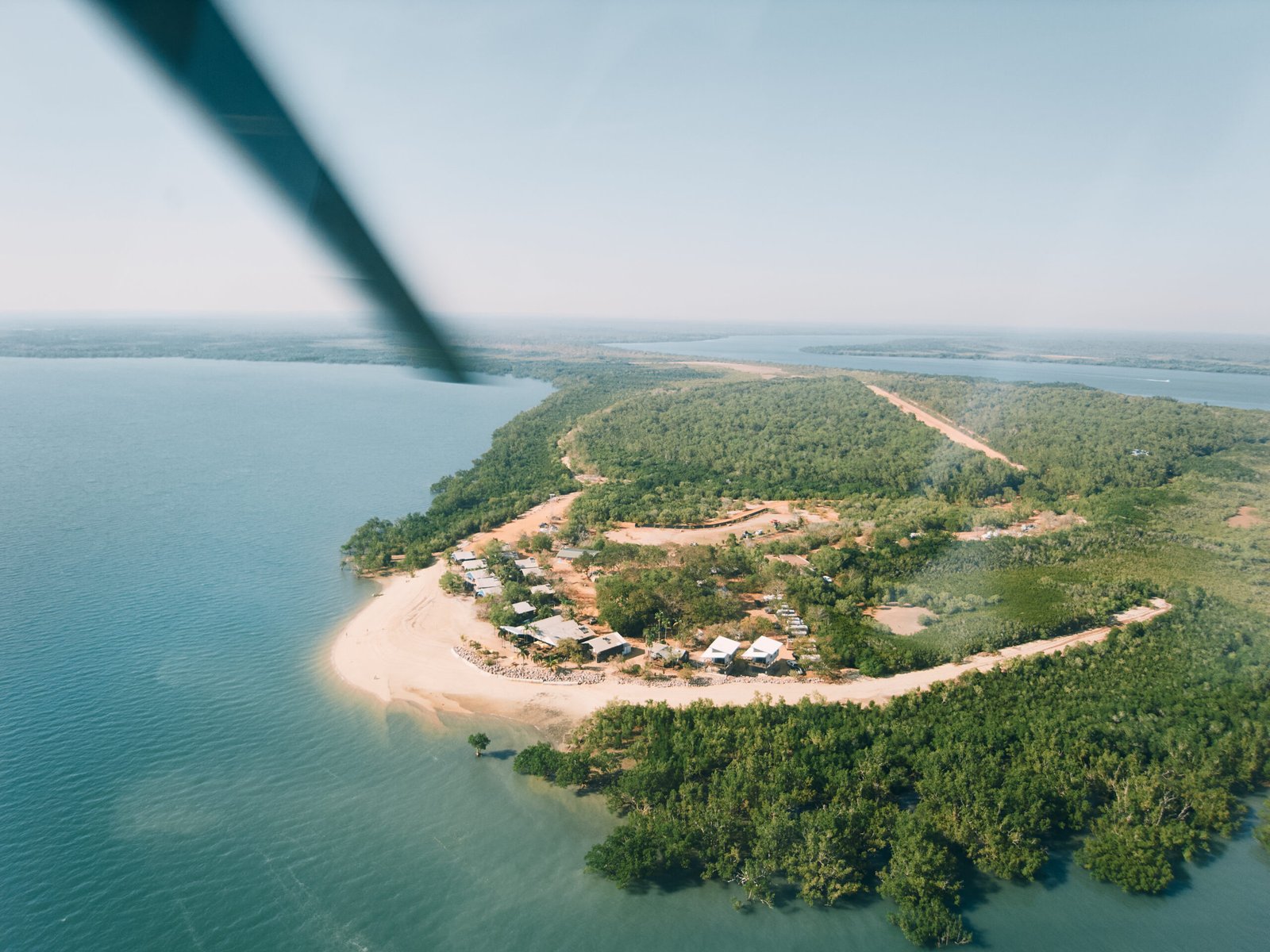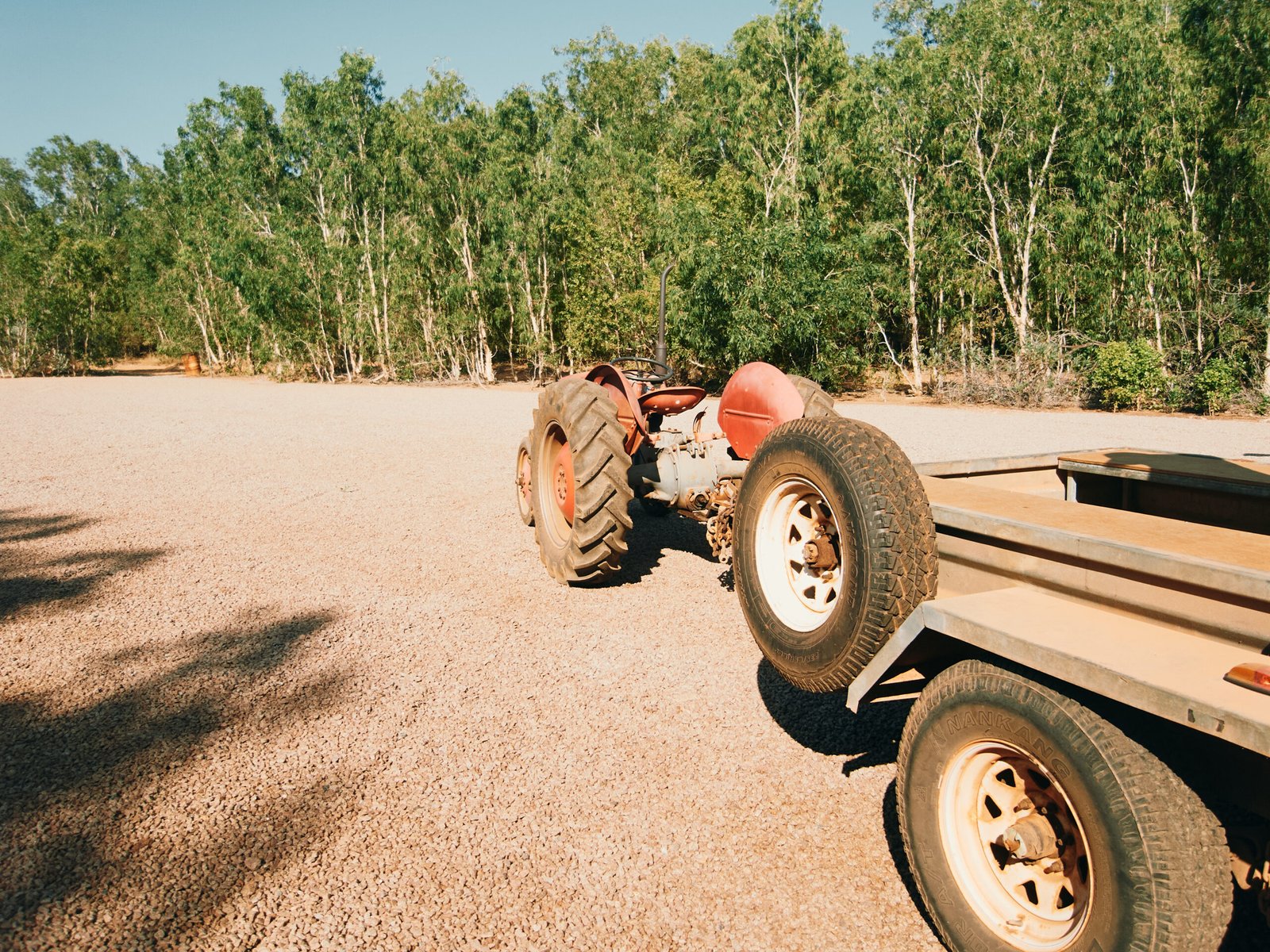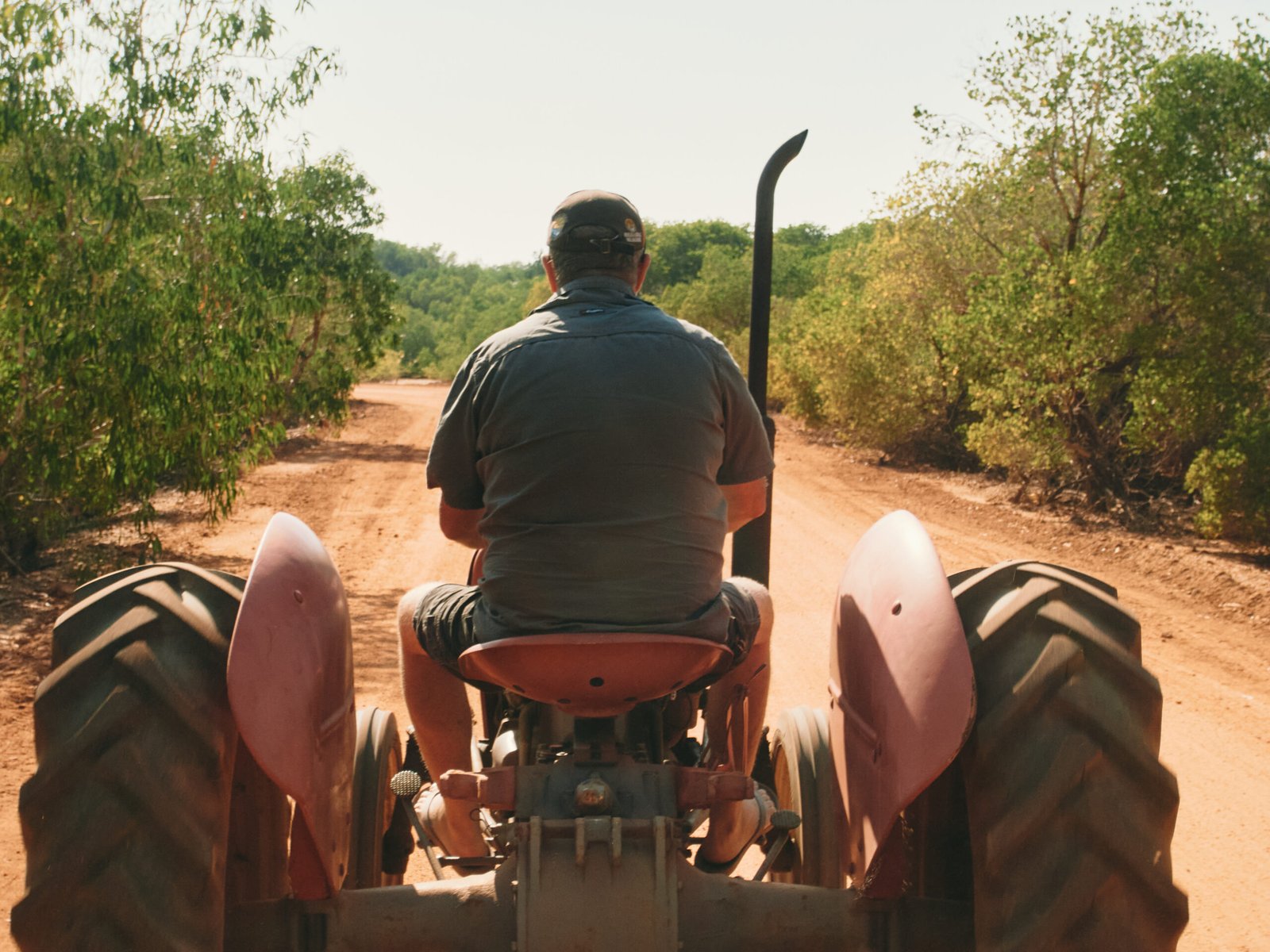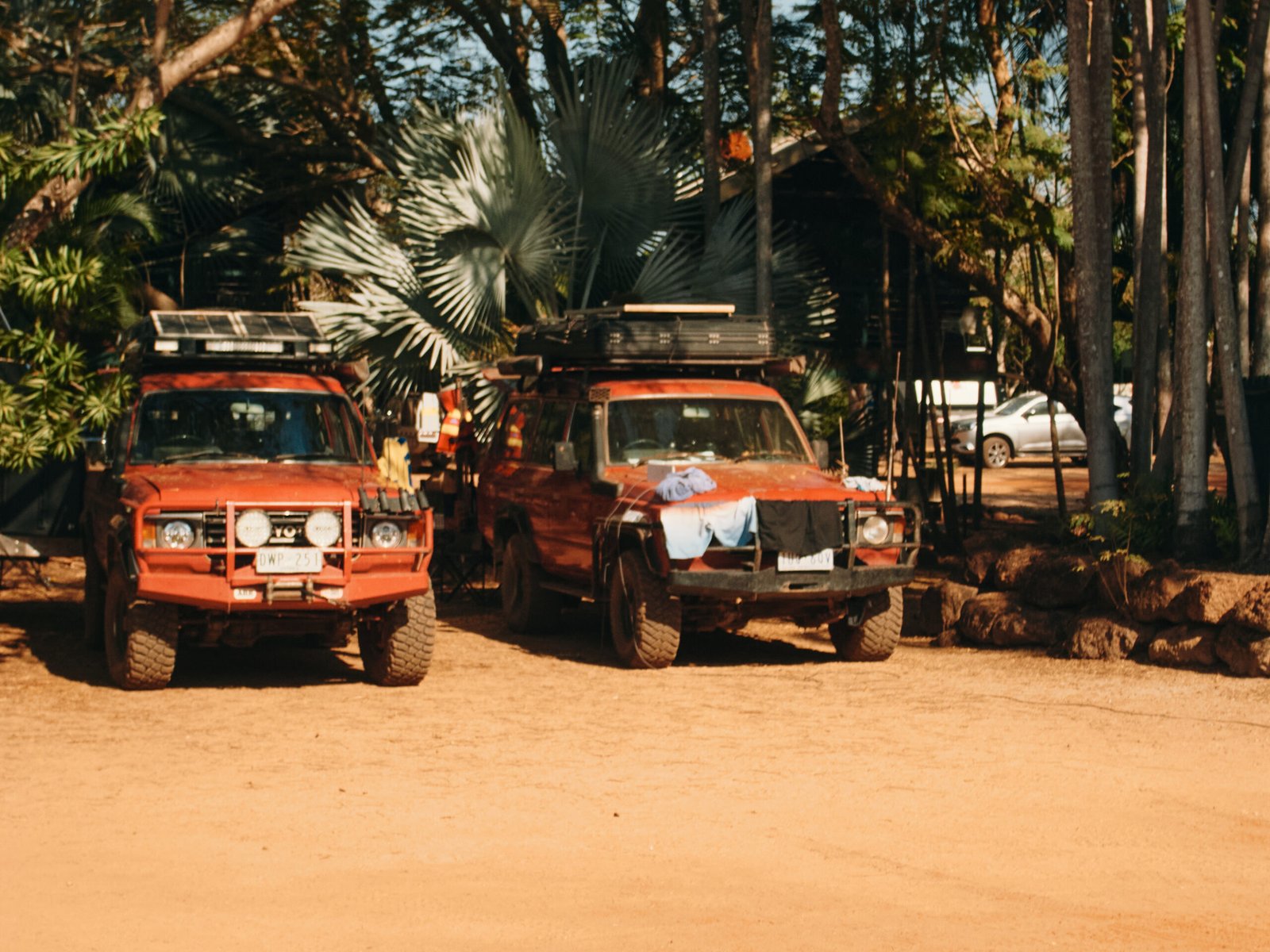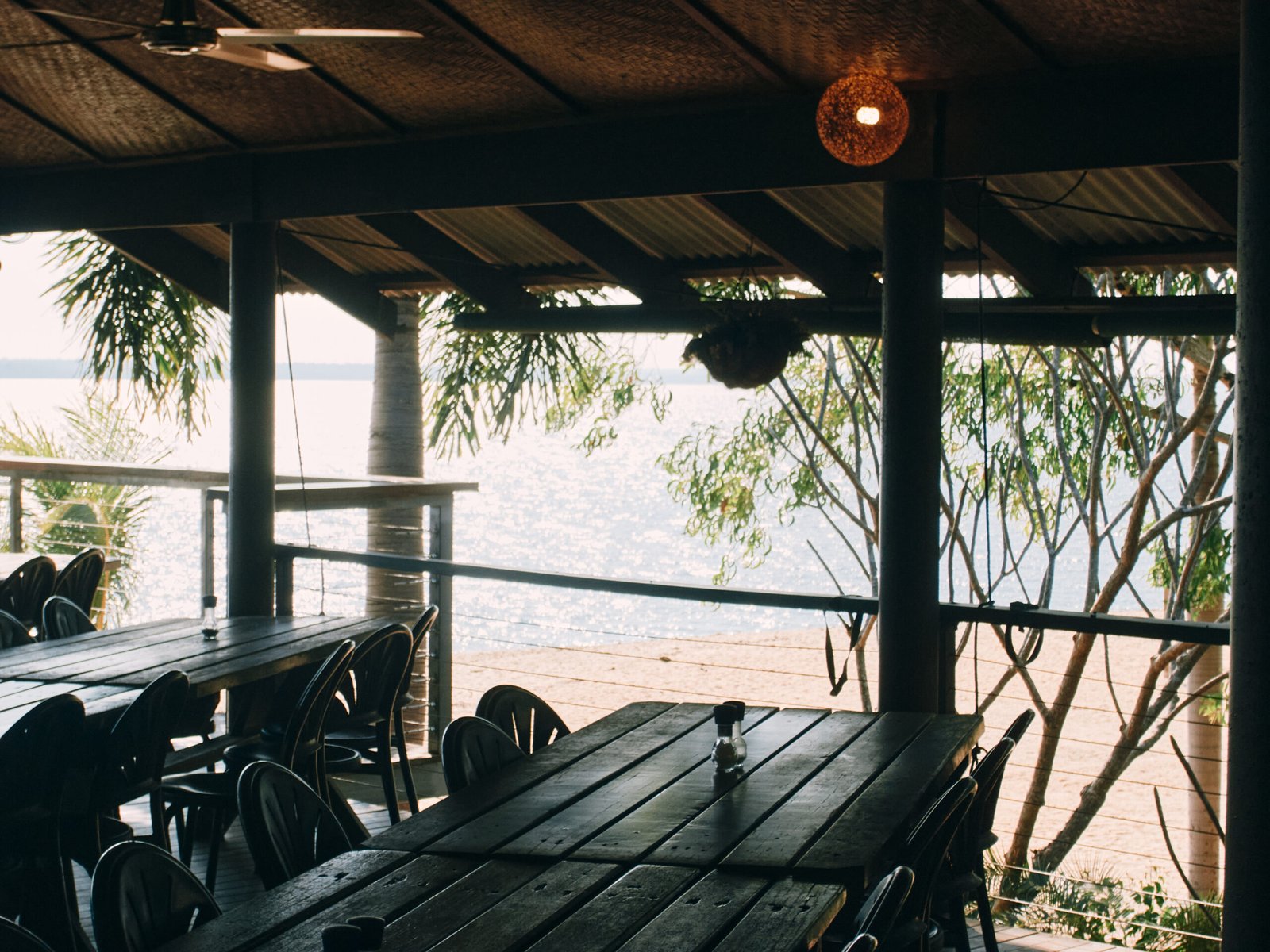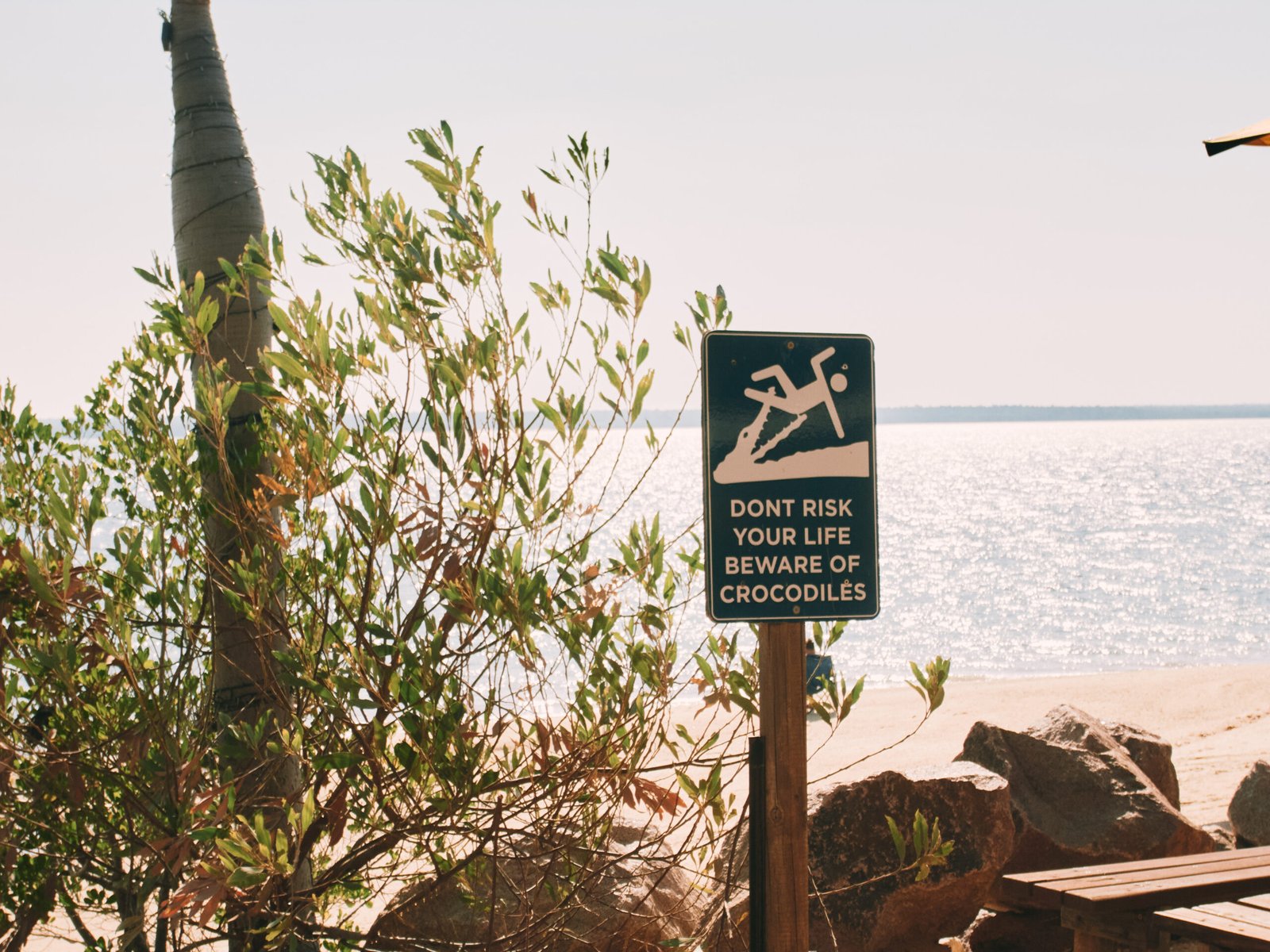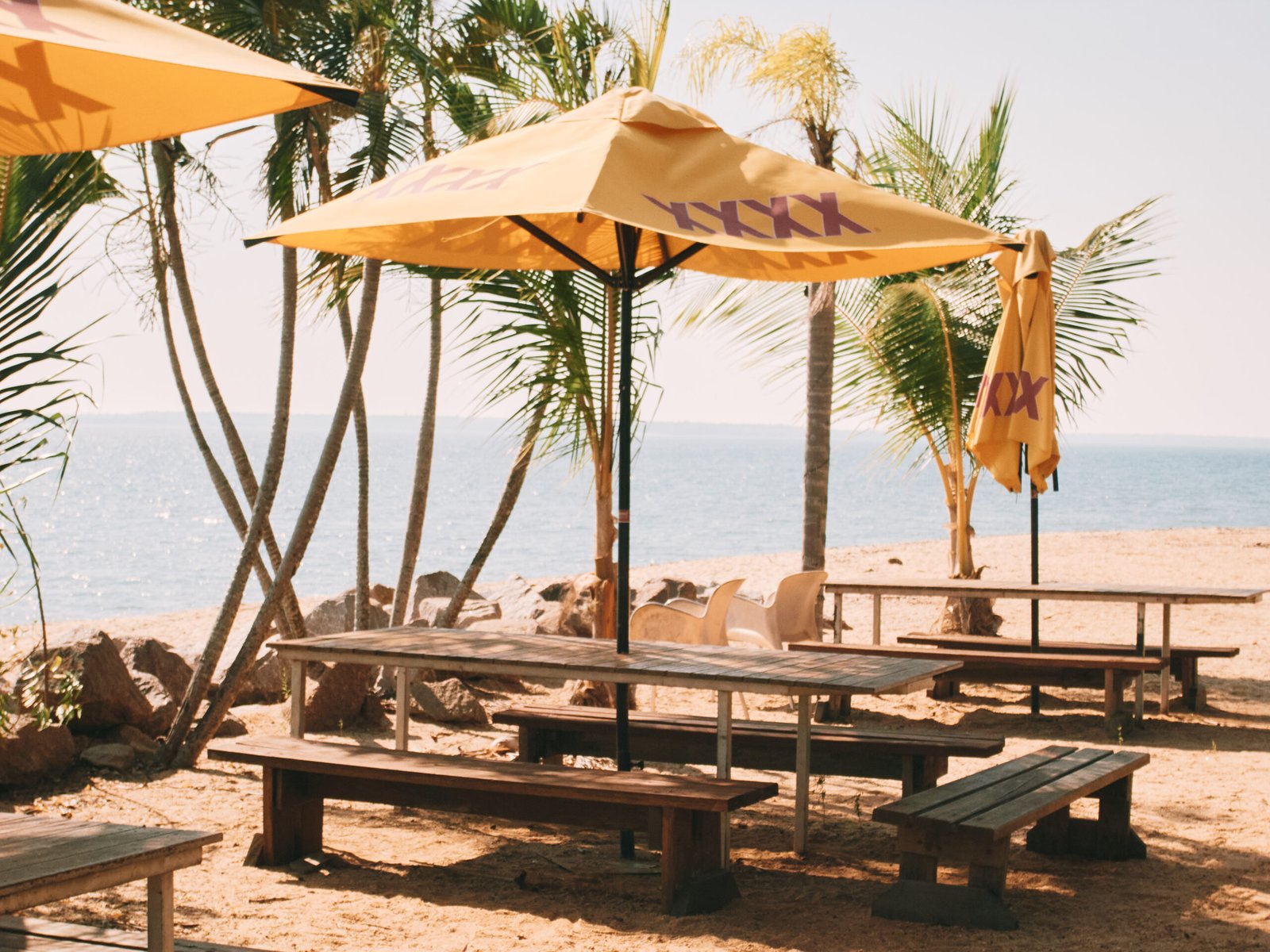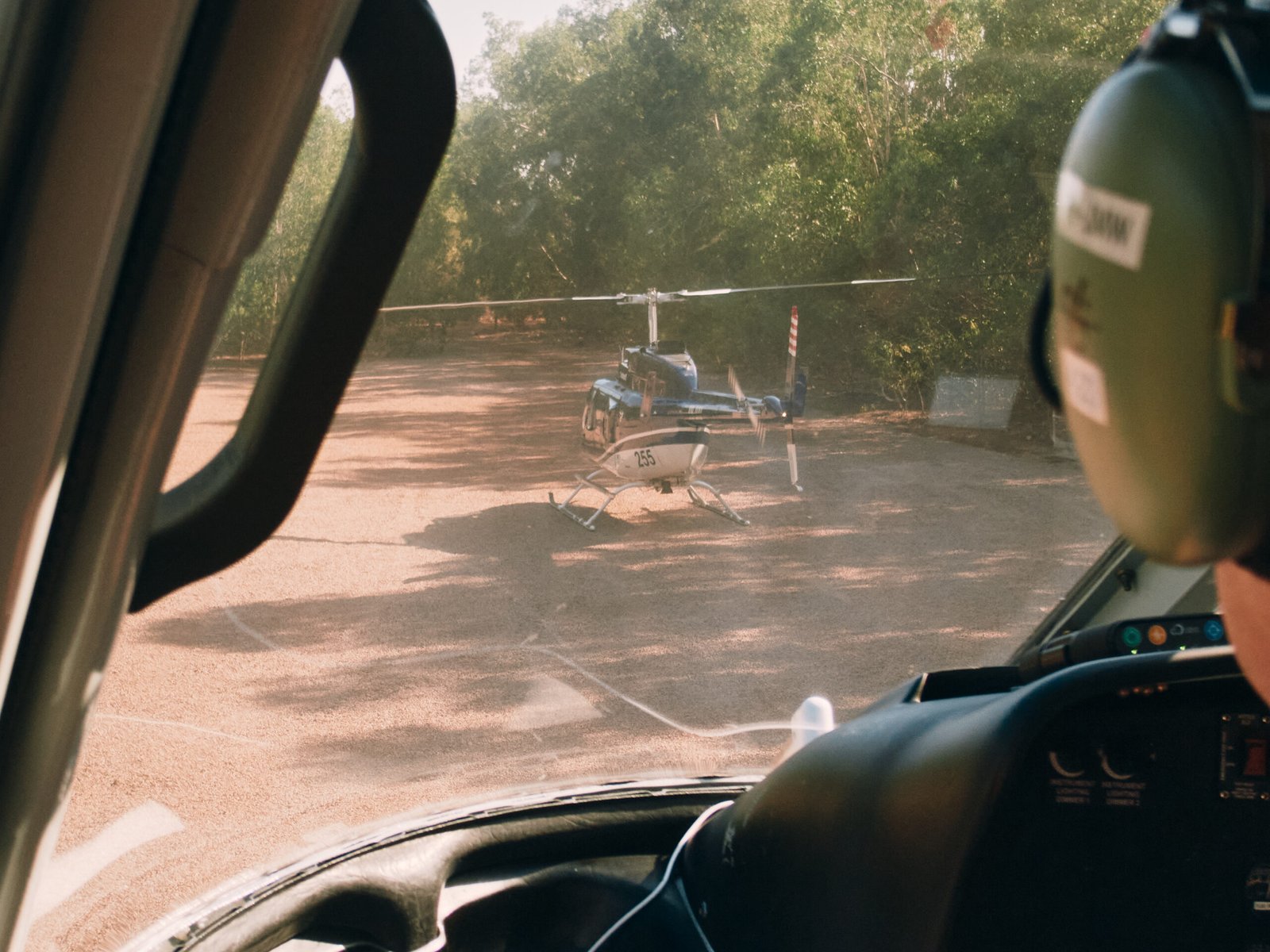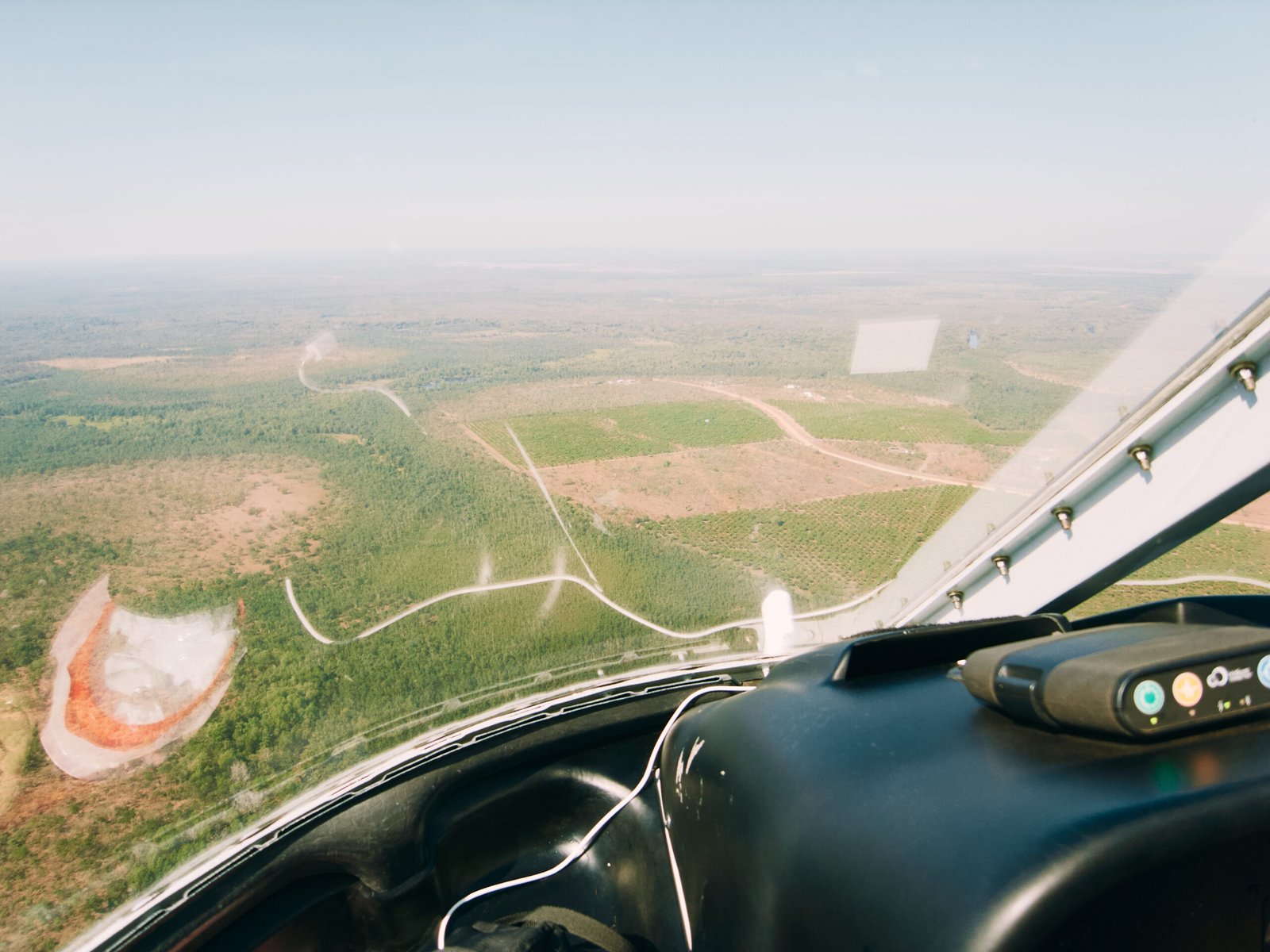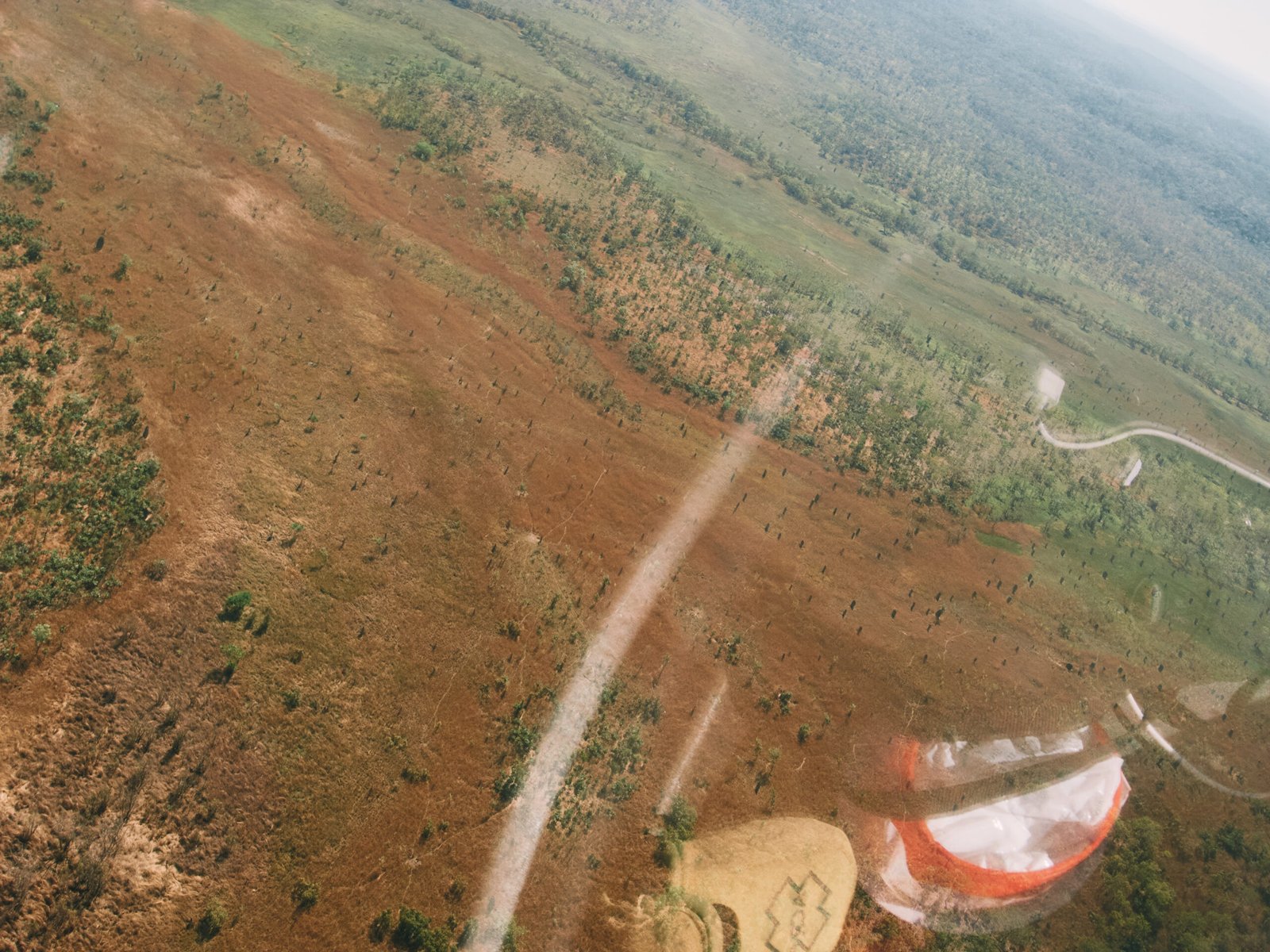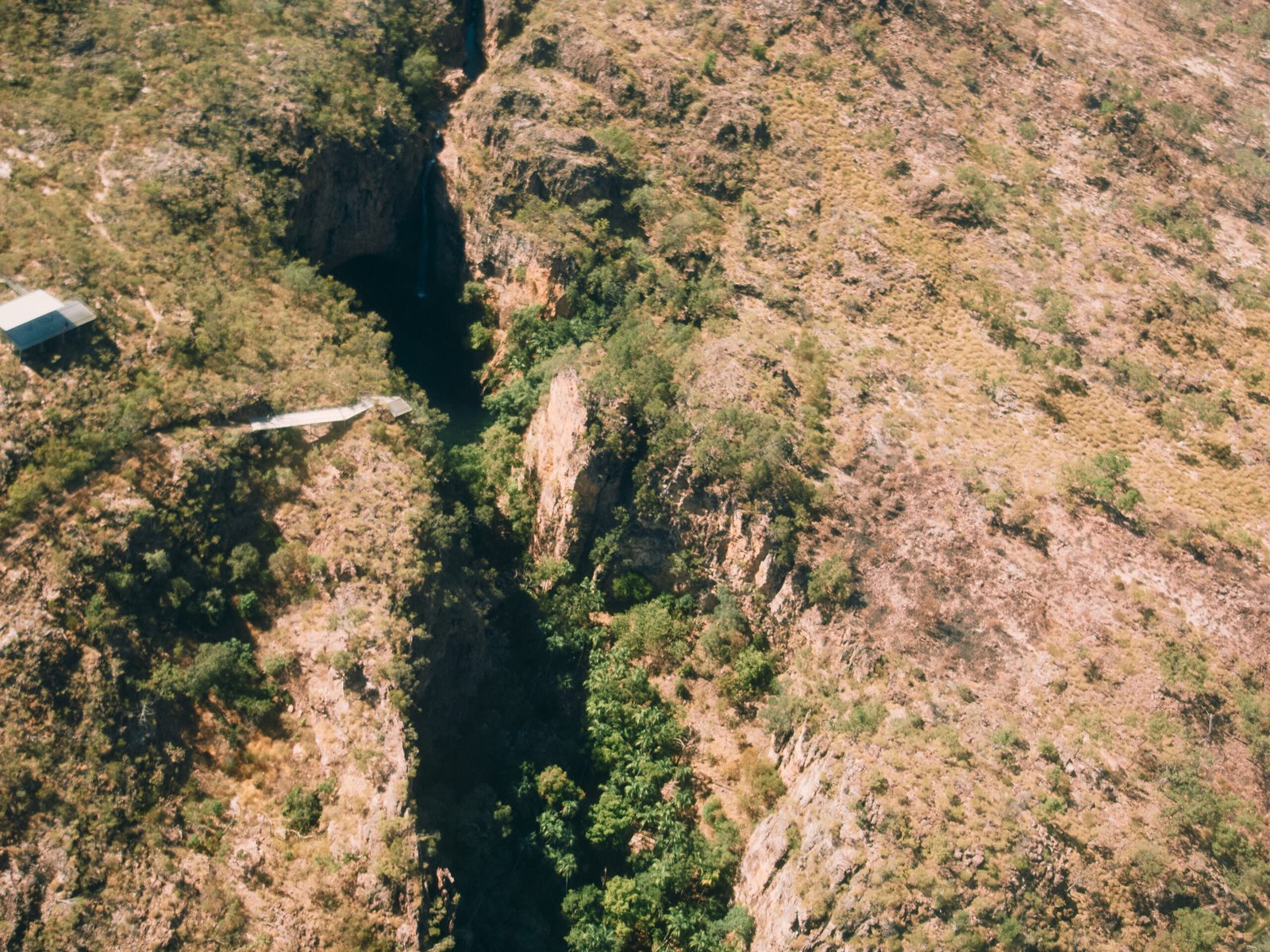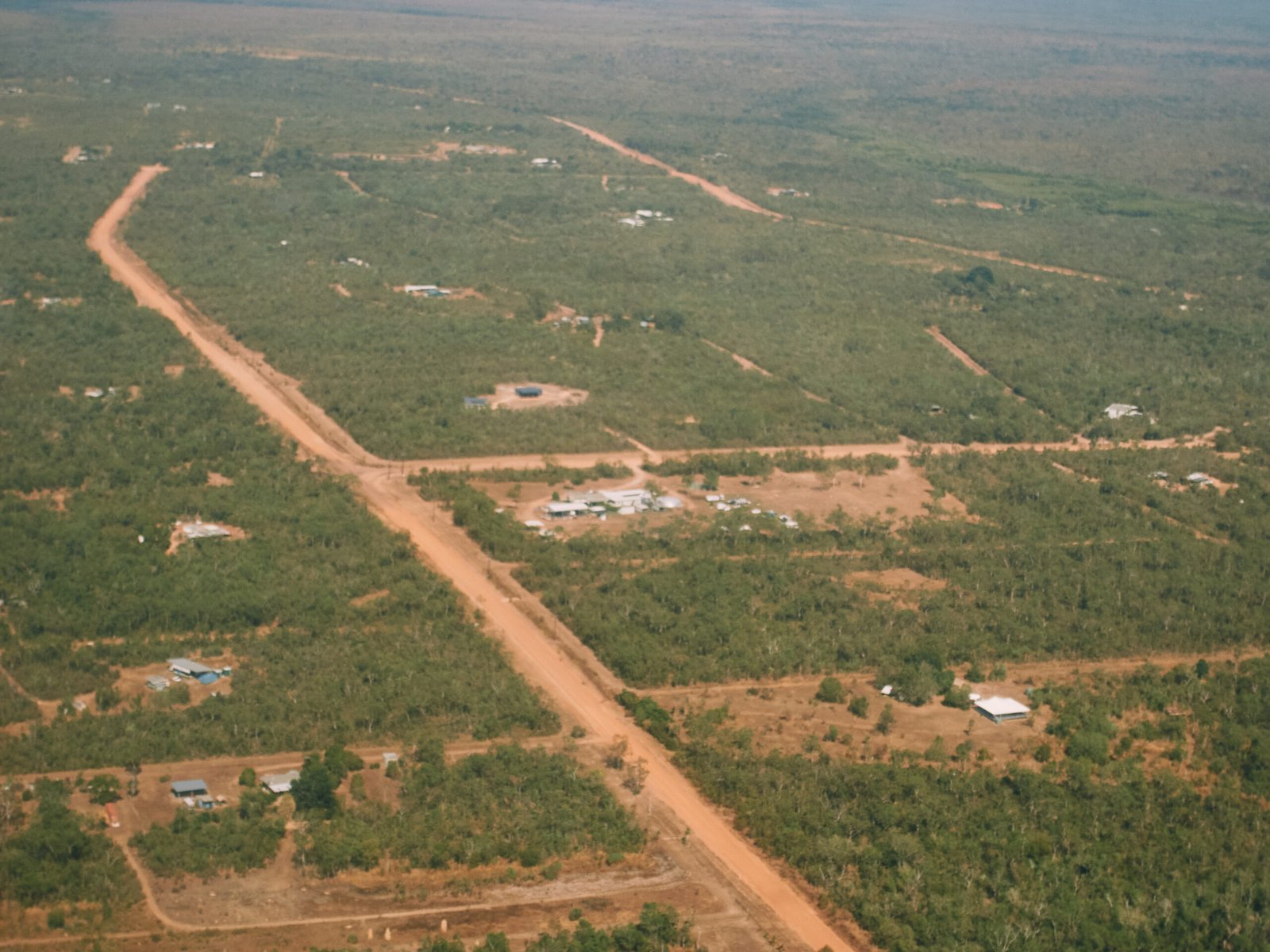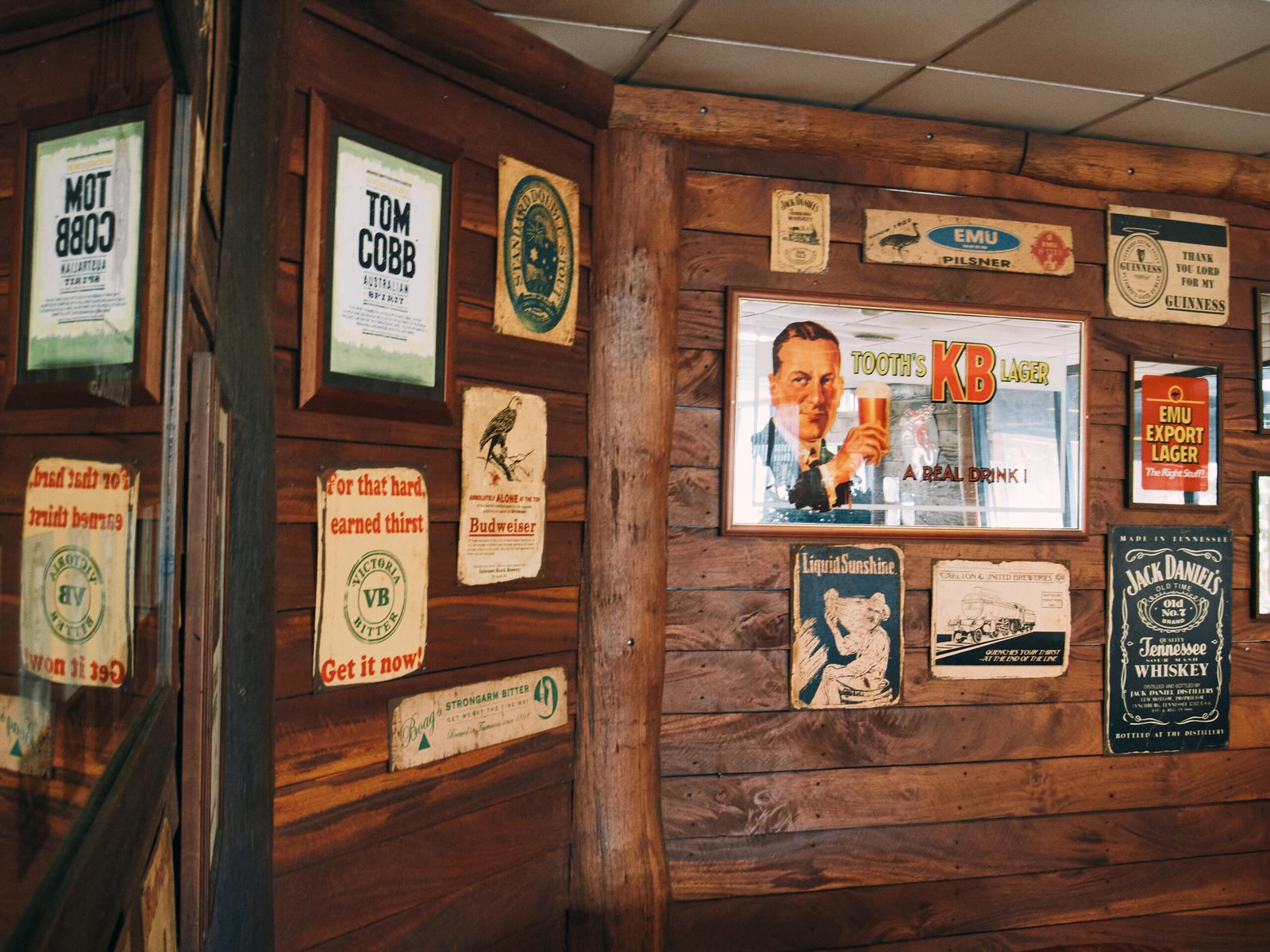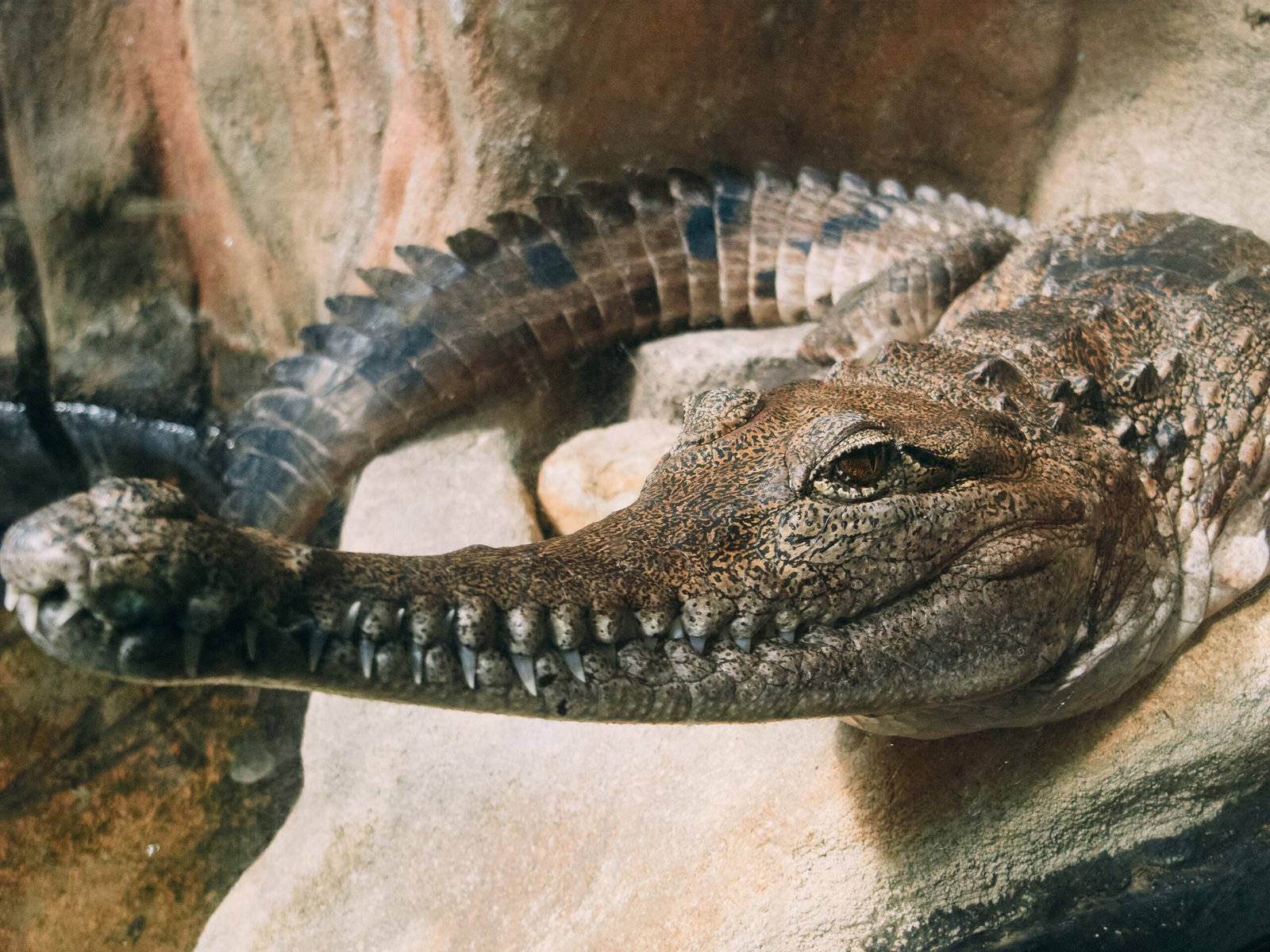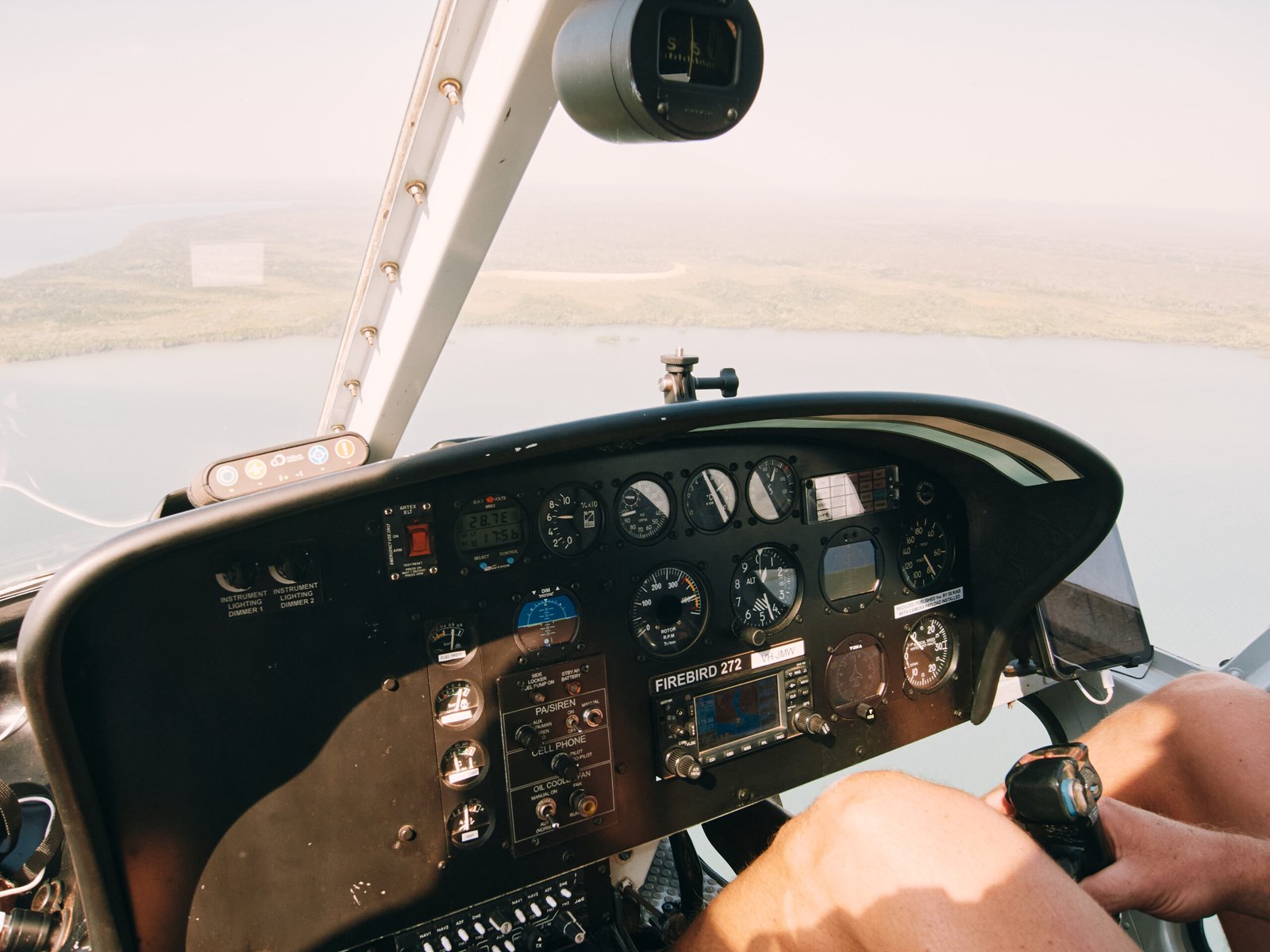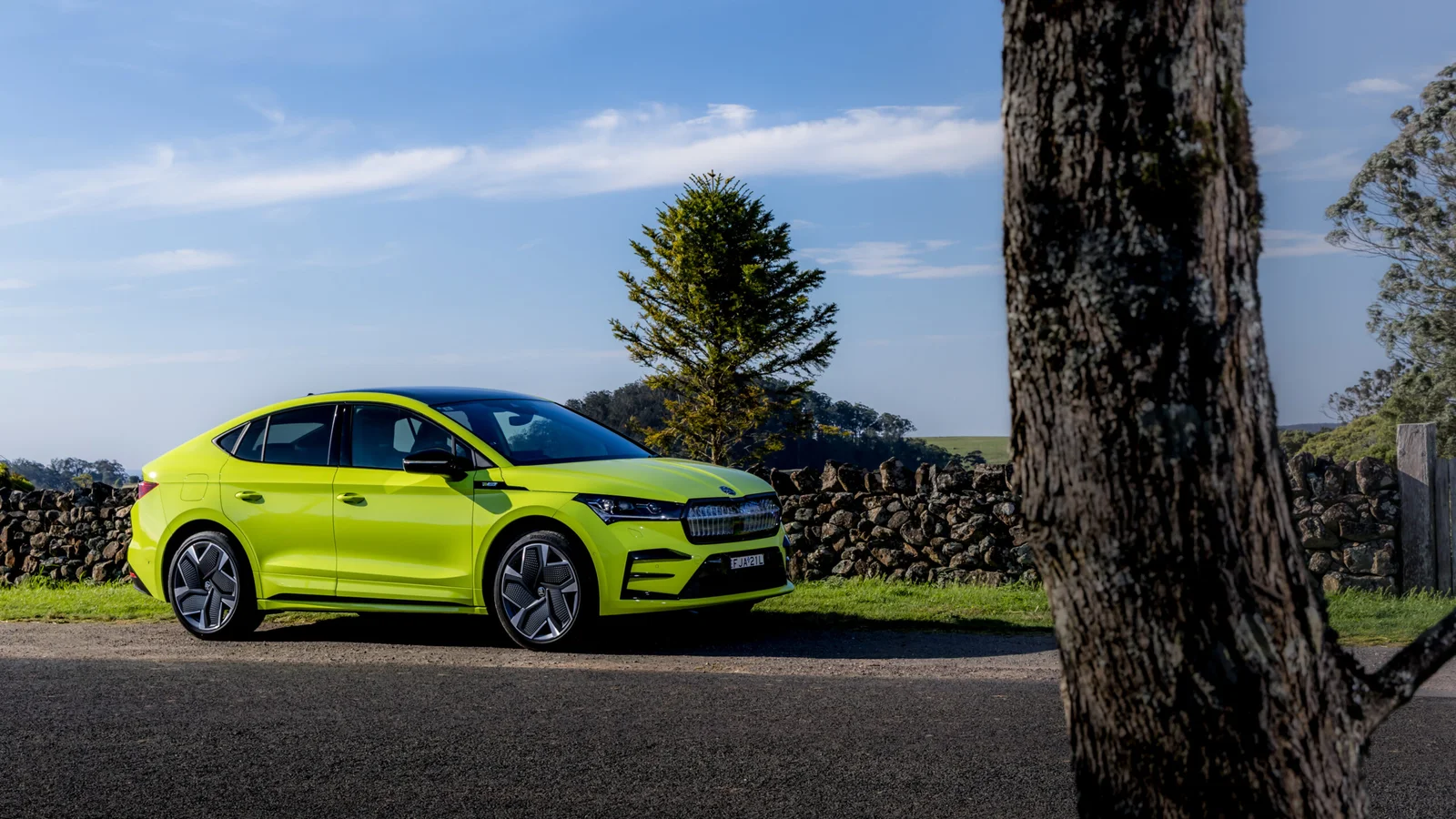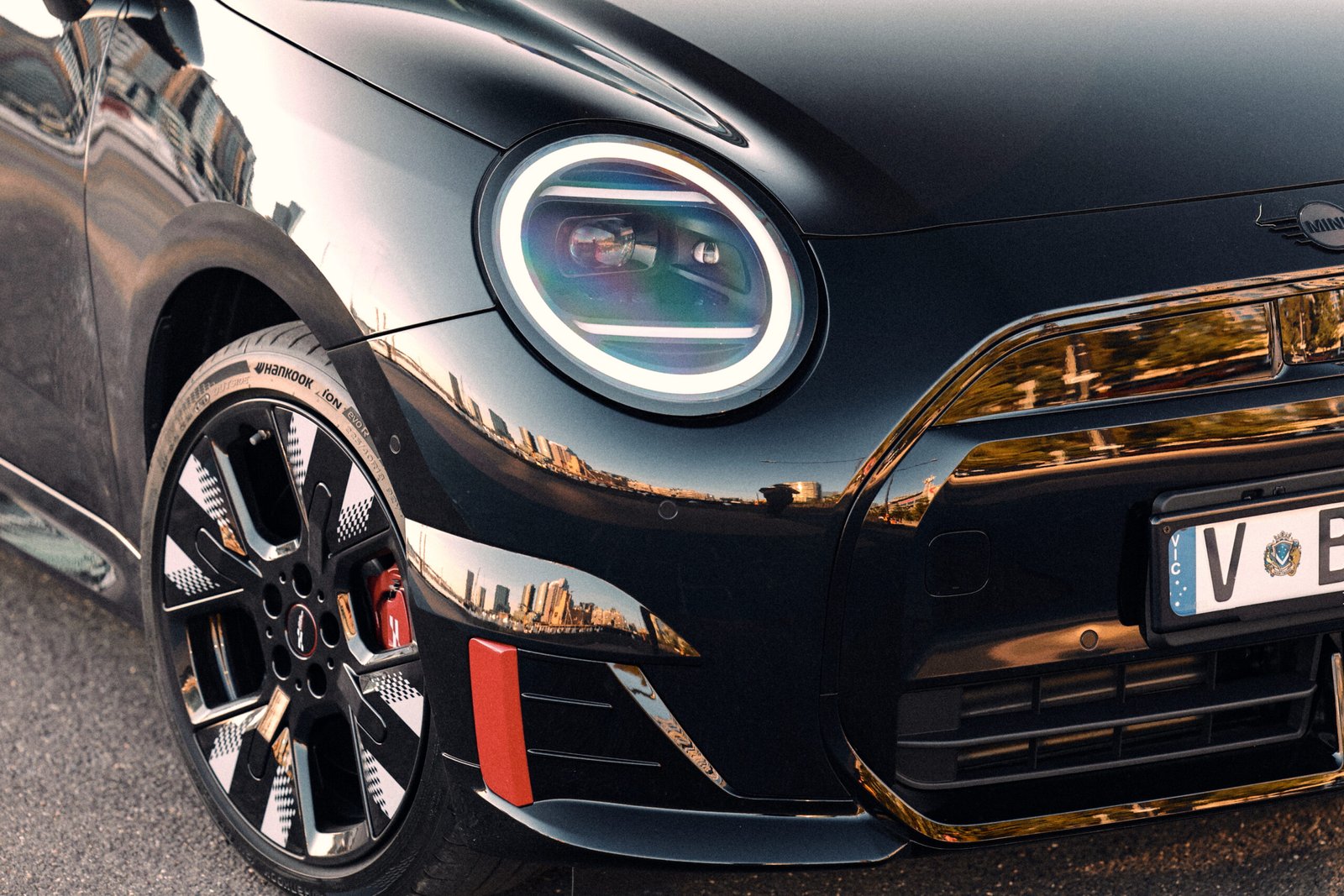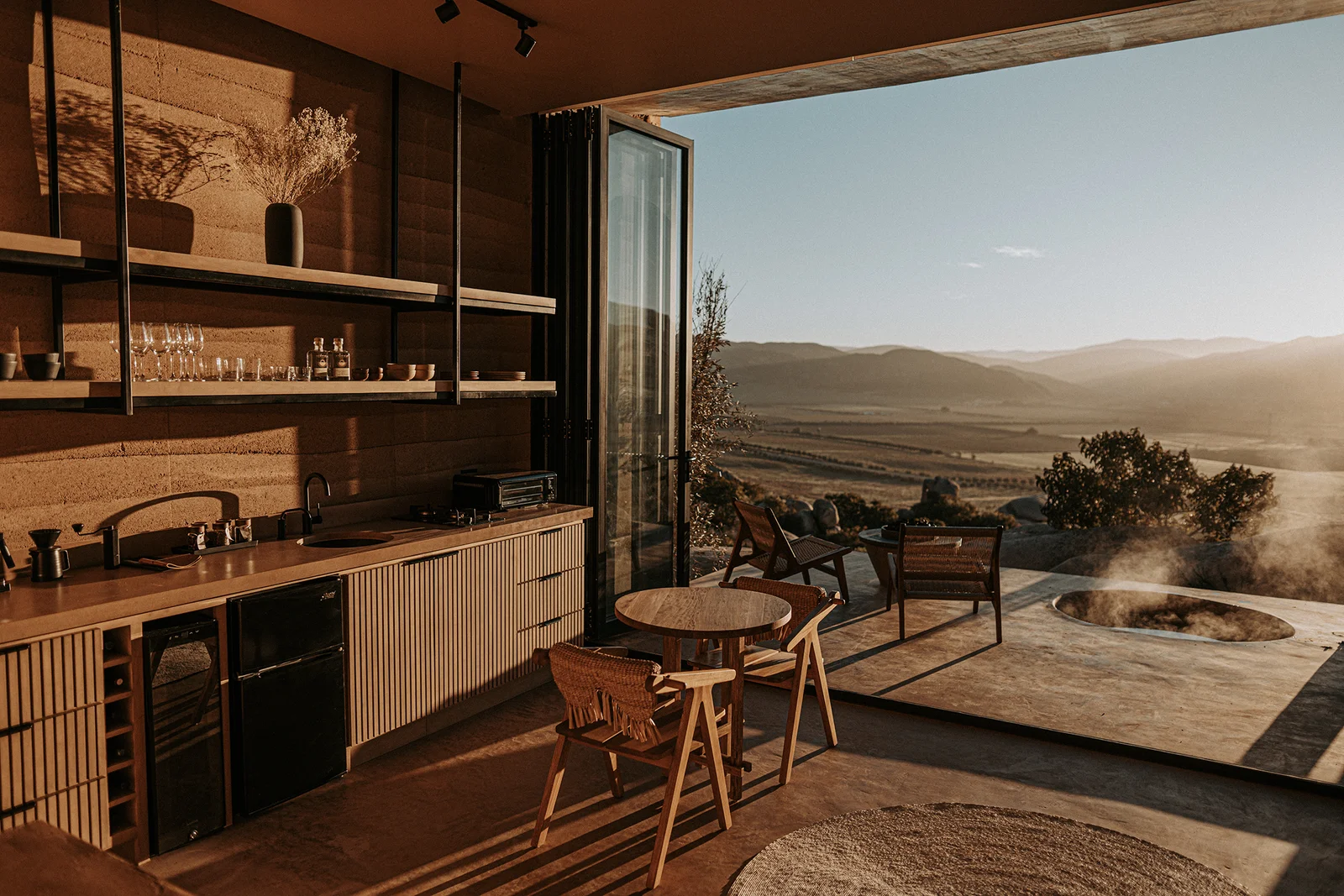I’m in the Northern Territory with Hino Trucks, for the Darwin Supercars round, and with time to spare we decided to hit the skies for an aerial tour of the region, with helicopter tour provider Airborne Solutions.
The company started out offering aerial tours around 35 years ago, and its services have grown to include heli fishing (which is exactly what it sounds like) and a one-of-a-kind heli pub crawl (also what it sounds like).
While helicopter pub crawls are nothing new, Airborne Solutions was one of the first to offer an experience like this back in 2007. As the story goes, one of the company’s pilots – who was coincidentally a former publican – set up a one-off tour that visited five pubs across the Top End.
Unsurprisingly, it was a hit.
Before long, word had spread of the unique experience, prompting the company to lean into the concept, with the team developing a range of pub-based tours for thirsty travellers. The tours cover around 300 kilometres and stop at either five, three or two pubs along the way.
Of course, it’s just as much a tour of the region as it is an excuse to drink beer at remote watering holes. We opted for the two-pub option, subbing out the third stop in favour of a bit more air time.
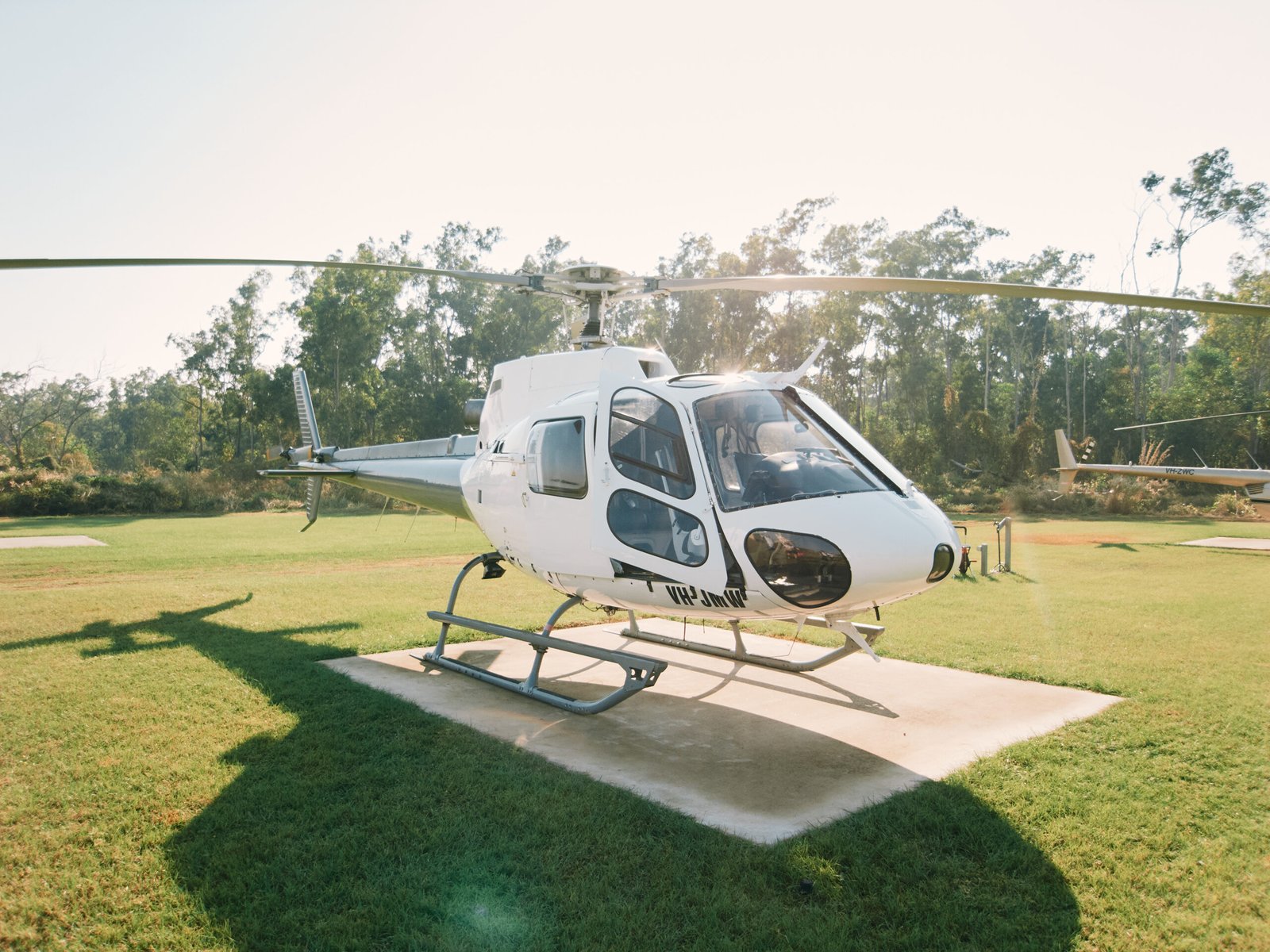
Birds-eye Brilliance
I’ve been lucky enough to traverse much of the Territory, driving the length of the Stuart Highway more than a few times and getting to as much of Kakadu and Litchfield as possible along the way.
The iconic national parks south of Darwin are home to some of the most pristine waterholes Australia has to offer, each one forming a sapphire-hued oasis against the ochre-stained red dirt that’s peppered atop this arid region.
It’s one thing to see the sights through the windscreen of a 4×4, or by foot, but it’s another experience entirely from the skies. The sheer scale of the region, and just how flat, dry and uninhabited the land is, becomes apparent.
A birds-eye view is about the only way to truly appreciate the unique layout of the Top End, and adding a few pub stops just feels right.
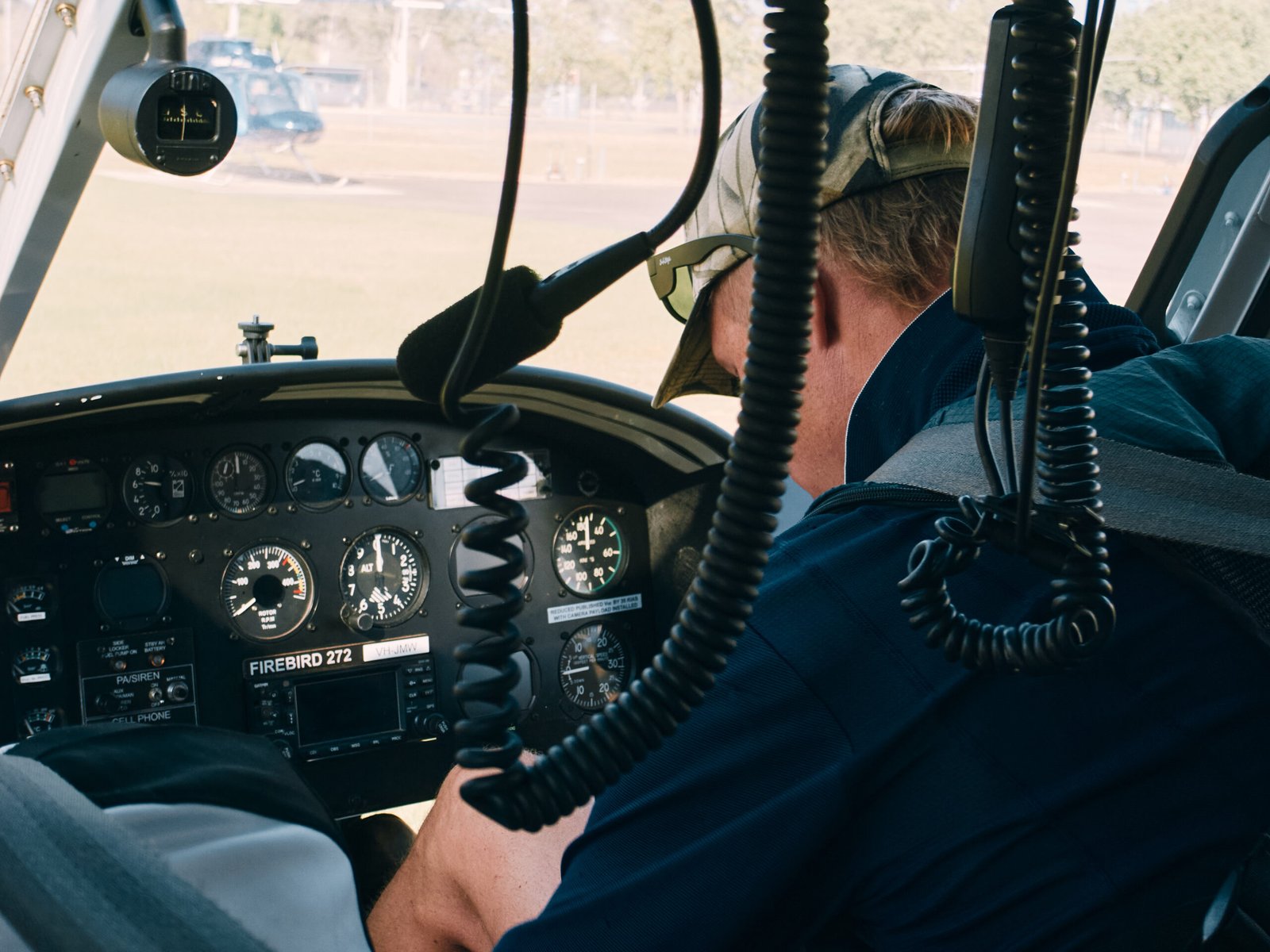
Cleared for Take-off
“I’m going to need you to wear these life jackets for the first leg,” says our pilot, Zane, in an assuring Kiwi accent. “It’s just a requirement, because we cross the bay – we don’t plan on using them.”
The safety briefing is fairly straightforward, as we’re shown how to get in and out, and of course what to avoid.
“That tail rotor spins awfully fast and it’s pretty well invisible, so don’t walk up the back after exiting. It’s right at head height, so it doesn’t tend to end well.”
For Australians, the memory of professional golfer Jack Newton walking into the tail rotor of a Cessna 210, which resulted in the loss of his right arm and eye, is a stark reminder never to wander around the back of the bird.
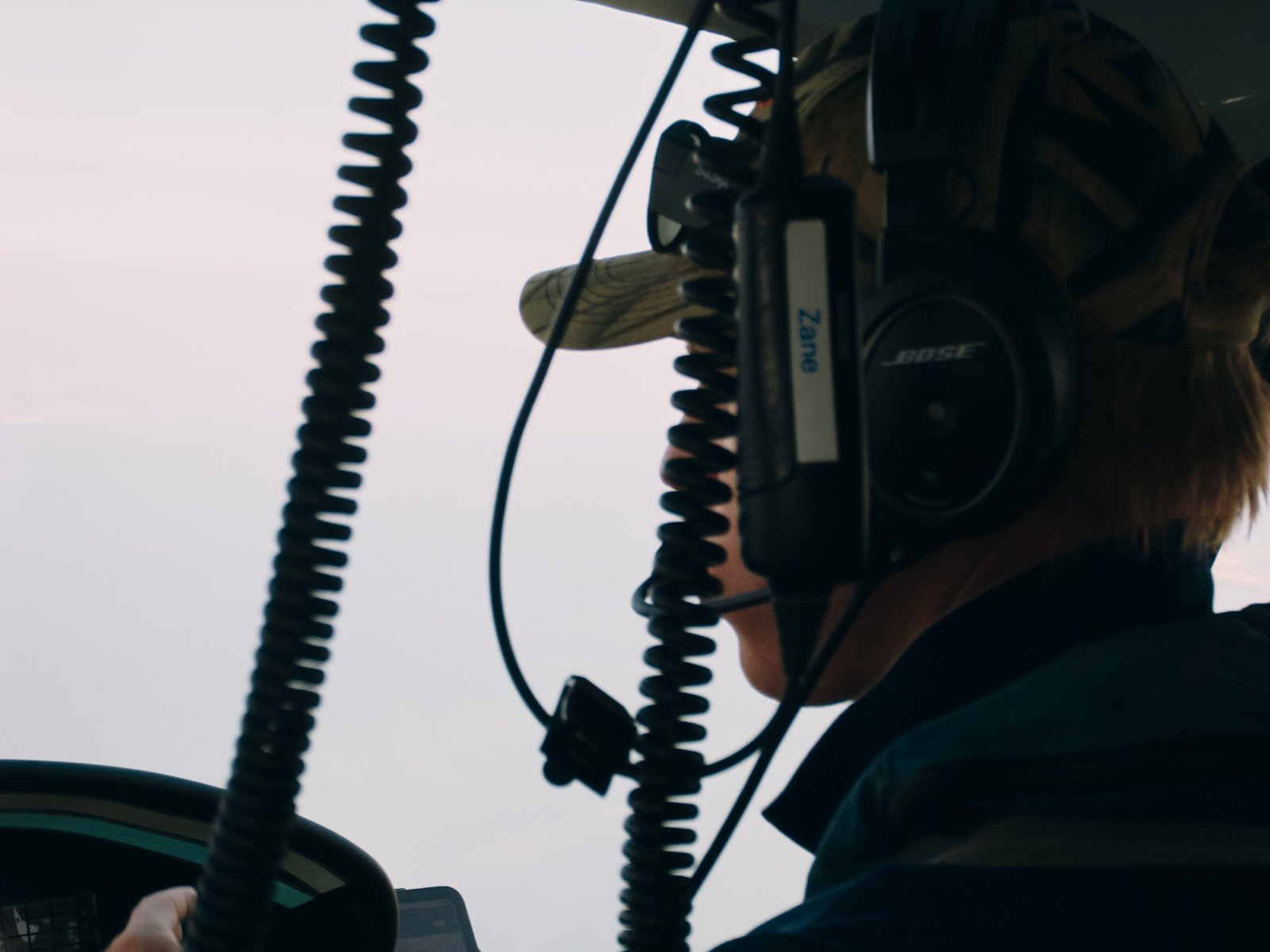
As Zane fires the helicopter to life, we put our headsets on and sit in silence as he requests clearance to take to the skies.
“Cleared for take-off,” a voice responds.
“Alright guys, we’re good to go,” Zane tells us over the comms, as he ups the power and balances the helicopter up off the ground, before leaning it forward into a hard and fast ascent.
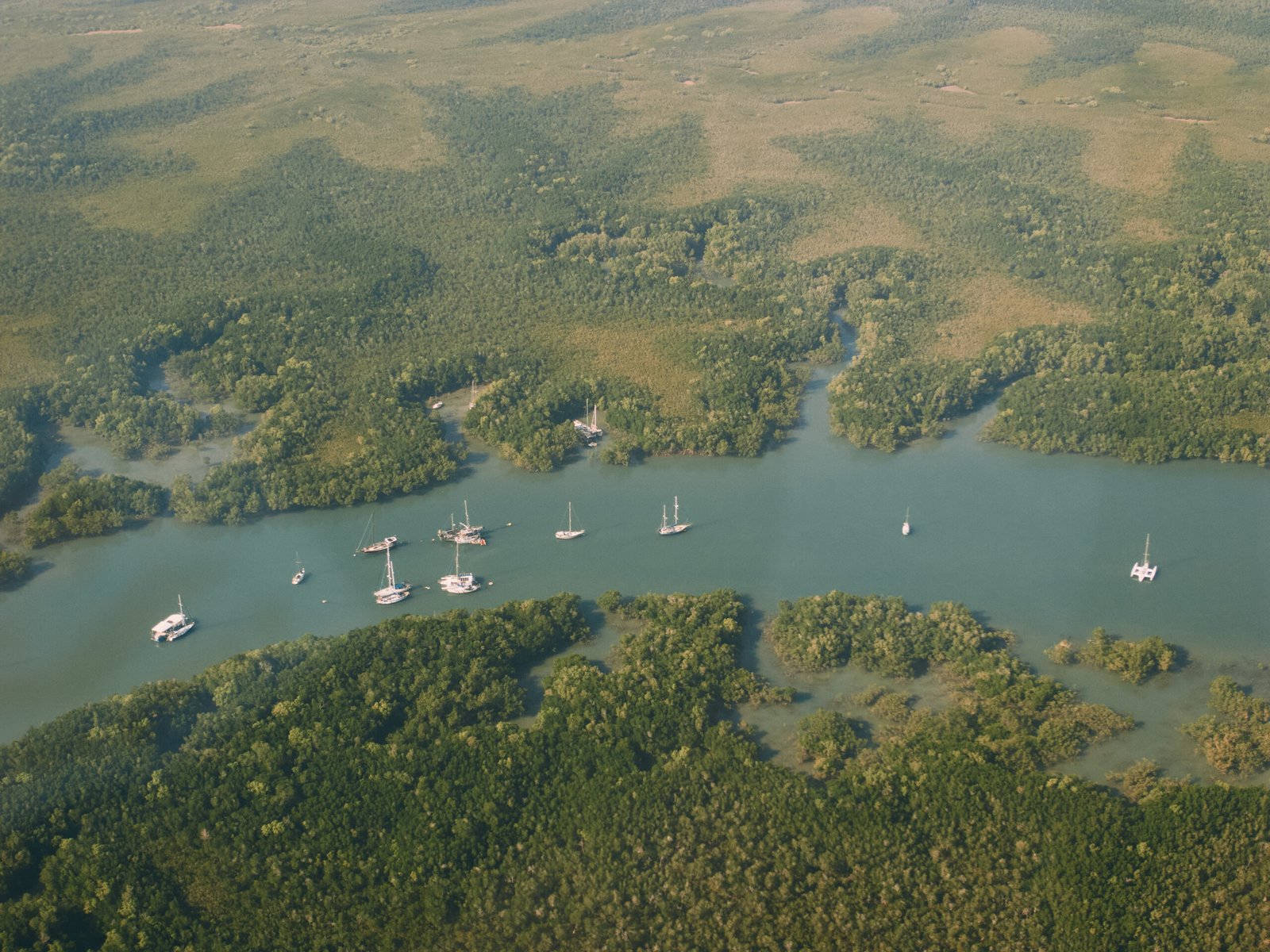
Flying out of Darwin at around 10,000 feet, the urban sprawl is traded for back-burnt paddocks – common at this time of year – before we reach the water. Up and over the Darwin National Park wetlands, and across the harbour, we’re pointed firmly at our first stop: Crab Claw Island Resort.
Crab Claw Island is actually accessible by road, which takes around 90 minutes from Darwin, but during the wet season, and during high tide, it becomes an island as the roads are swallowed.

